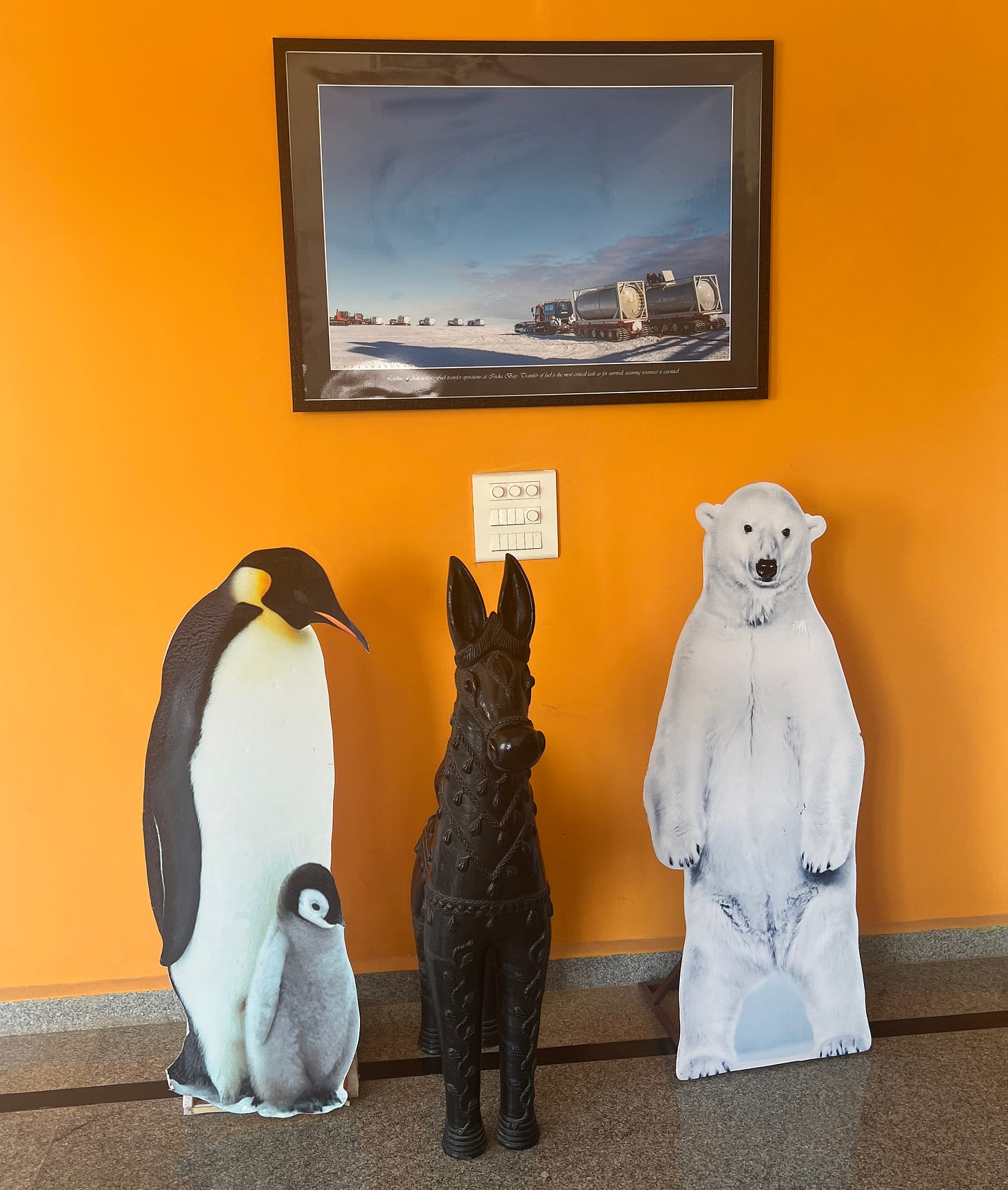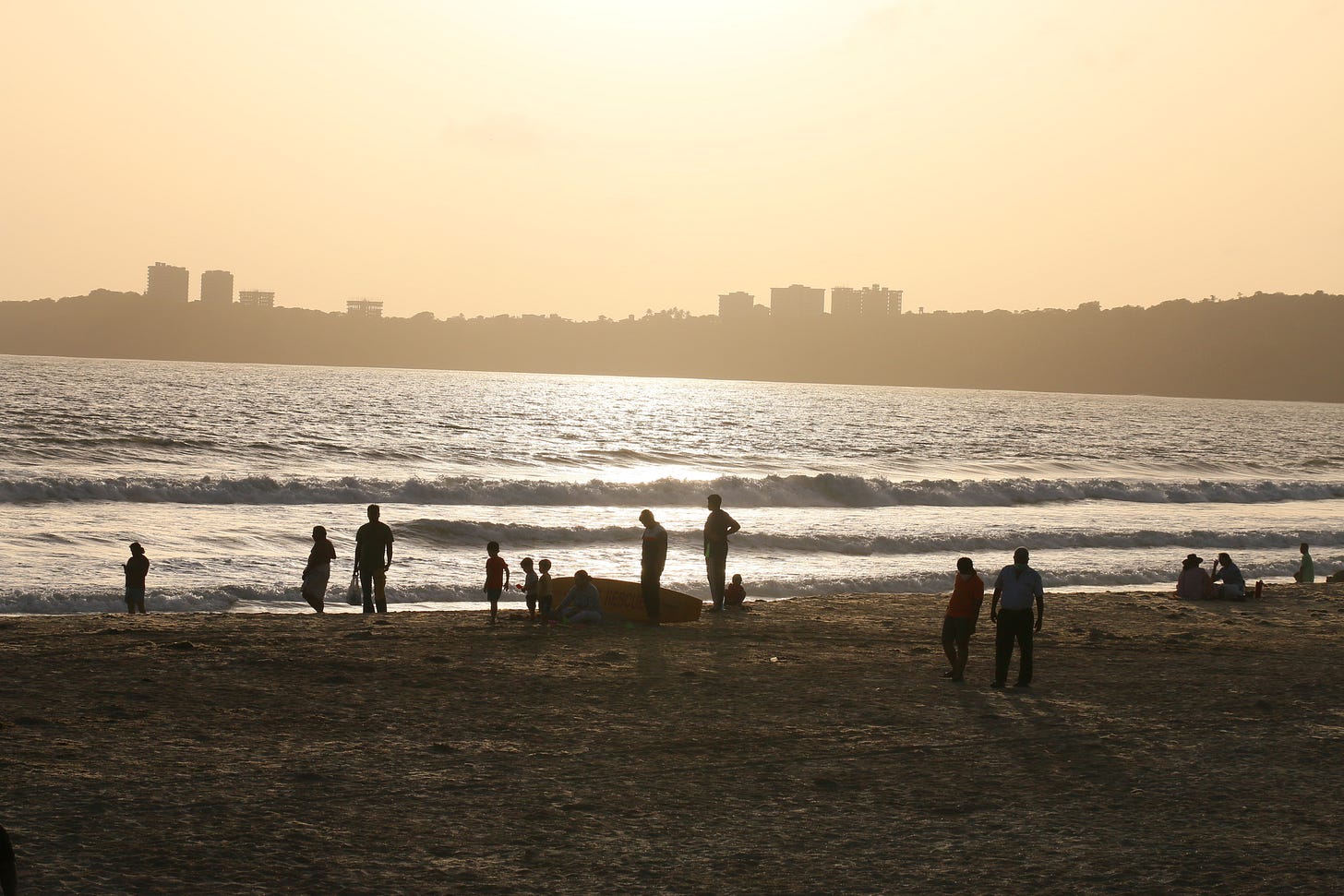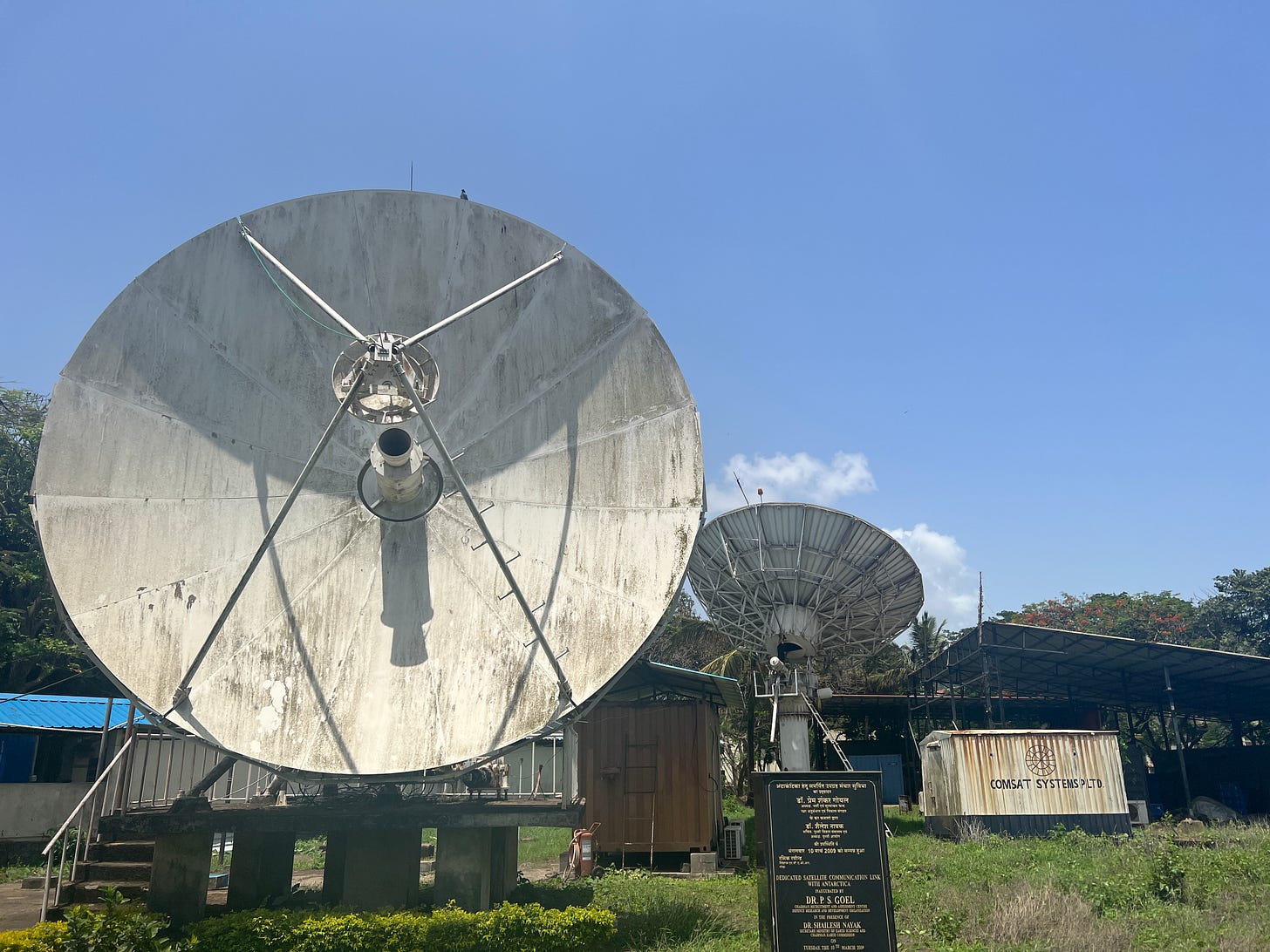From Goa to the Warming Poles.
Tropical Goa may seem an unlikely place to study the earth’s polar regions. But they’re more connected than you might think.
On a balmy day last June, I drove along the lush coastline of the state of Goa to learn about some of the coldest places on earth — though all of them are warming quickly.
The earth’s north and south poles are far from the Indian subcontinent. The so-called Third Pole, the heights of the Himalayas, lies partly within India. This trio of extremities play critical roles determining global weather patterns that are of existential importance to India. The most prominent of these is the South Asian monsoon, the annual winds that bring the subcontinent life-giving rain.
India has steadily ramped up efforts to study these far-flung regions. Distant as they are from the bulk of India’s 1.4 billion people, they are warming much faster than the rest of the earth. This is almost certain to wreak havoc on weather patterns that have defined life from the Gangetic plain in India’s north to its coasts in the south.
India’s research efforts are based in Goa at the National Center for Polar and Ocean Research, or NCPOR. The institute oversees India’s two research bases in Antarctica and one in the Arctic, as well as a more recently opened research station in the Indian Himalayas.
My interest in the center began several months earlier, during a talk with Anoop Mahajan, a researcher with the Indian Institute of Tropical Meteorology. He has joined several of NCPOR’s polar missions. Mahajan studies the unique chemistry that occurs when air and seawater mix under extreme polar conditions.
“We’re trying to understand how these remote places are changing, because so often it comes back to what’s happening with humans,” he told me. “There are lots of different types of connections, especially with the atmosphere and oceans, that can impact things like the monsoon.”
Tropical Goa may feel far away from poles, but the weather patterns of the Indian subcontinent are part of a truly global system of air and water, constantly in motion. India’s monsoon winds begin in June as the sun warms the subcontinental landmass faster than the expanse of sea to the south and west. The warm overland air rises, sucking in below it moisture-laden air from over the sea. This generates the winds and steady rains that characterize the first half of the monsoon. The rains begin in Kerala in the southwest of the country. How much water the summer monsoon carries partly depends on a global phenomenon that takes place in the oceans surrounding the Antarctic, the El Niño. Also known as the Southern Oscillation, this is where a huge mass of relatively warmer water moves back and forth across the waters in the southern part of the globe in years-long, even decades-long, cycles. These correlate with weather patterns stretching from Bali to California. The monsoon’s behavior in the northern plains of India is also influenced by the northern Jet Stream, a high-speed flow of air around the upper northern hemisphere whose path is determined in part by temperatures in the Arctic. The monsoon reverses in September as the sun’s intensity lessens in the northern hemisphere and the land, particularly in the Himalayan heights, cools more quickly than seas surrounding the subcontinent. Roughly eight months ensue with far less rain, or none at at. The monsoon brings 80% of all annual rainfall between June and September.
This seasonal back-and-forth has shaped the structure and rhythm of life on an almost wholly agrarian subcontinent for millennia. Until the fossil fuel age, the monsoon winds even determined commercial patterns across South and Southeast Asia. Goods-laden ships from Africa, the Middle East and Europe sailed the trade winds east when the monsoon began and rode them back when it reversed. Even small variations in the monsoon can disrupt much in India, which still has a largely agricultural economy dependent on predictable seasonal rainfall.
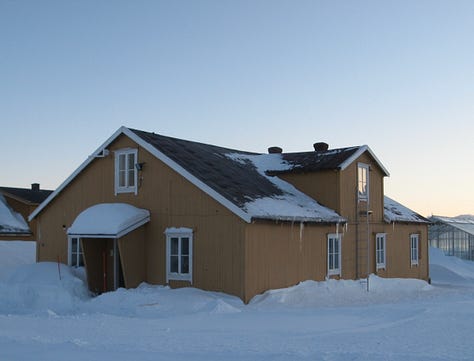
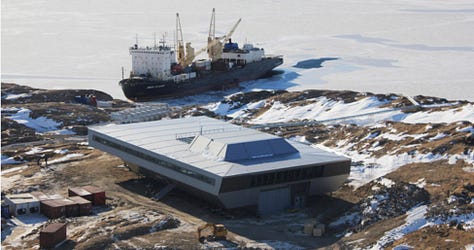
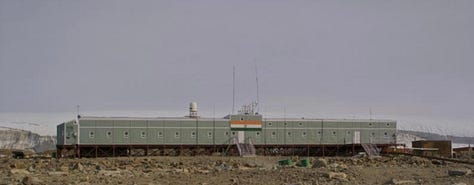
How climate change will affect the Indian monsoon is thus a matter of considerable scientific study. Climate models predict that warmer temperatures should intensify the monsoon, bringing more rain and stronger winds to India. So far, though, that’s not exactly what’s happened, due to another problem created by industrialization: air pollution. Average monsoon rains actually weakened through the latter half of the 20th century as India developed one of the worst air pollution problems in the world. Since the turn of the century, monsoon rains have rebounded, even as air pollution has worsened. Fine particulate matter — created by everything from crop burning to urban construction and coal power generation — blocks sunlight, keeping a lid on atmospheric warming.
It remains to be determined whether all this means that rising pollution dampened the impact of climate change before that effect was outpaced more recently by accelerated warming. But climate researchers continue to predict more intense monsoons as warming further picks up pace in the coming decades.
One twist does seem clear: rain and snowfall have become significantly more variable in recent years. Precipitation, more often than before, comes in short, sometimes incredibly intense bursts, often well outside the usual monsoon season. These can be incredibly destructive. They quickly overwhelm existing drainage and the ability of land to absorb the water into underground aquifers. From the northern Ladakh plateau to the southern city of Chennai and across to rural Kerala, residents showed me cell phone videos of the powerful flooding these have caused in recent years. Pakistan experienced an epochal “rain bomb” event like this last year, leaving one-third of the country under water. The U.S. state of California is experiencing another —a so-called “atmospheric river” of wet air — right now.
Researchers at Goa’s polar research center are showing how climate change is influencing polar weather, how those changes in the weather are influencing biology and chemistry of the Southern Ocean, and how those changes are radiating out to impact India and the world. During their polar expeditions these scientists gather data by drilling into ice sheets, dropping robots into the sea, trawling for sea water samples and even strapping sensors onto seals. Some of the devices transmit data through the polar winter all the way to Goa by satellite link. Their work, coordinated with similar teams from many other countries, underscores how deeply enmeshed we all are in an intricate, truly global system that is readjusting in hard-to-predict ways to rising temperatures and higher levels of carbon dioxide and other greenhouse gasses.
To give just one example, Thamban Meloth, the first staff scientist to join the research institute when it was set up in 2002, leads a team studying ice in Antarctica. Among their tasks is building a collection of core samples where they drill down and preserve a vertical cross-section of ice accumulated over tens of thousands of years. In a lab, this can be read like a history.
How has the ice built and thinned over those millenia? What can be gleaned about the role of greenhouse gasses in those previous periods of warming and cooling? Scientists have long known that the oceans of the world have absorbed the majority of the carbon dioxide human activity has unleashed, thus moderating the warming that results when the gas stays in the atmosphere. Much of this absorption occurs in the cold waters of the southern ocean as they are churned by winds, temperature variations in temperature, salinity and chemical composition — all influenced by warming temperatures.
“How long will this carbon sink be here?” asks Meloth. “Nobody has that kind of long term data yet.”
”




